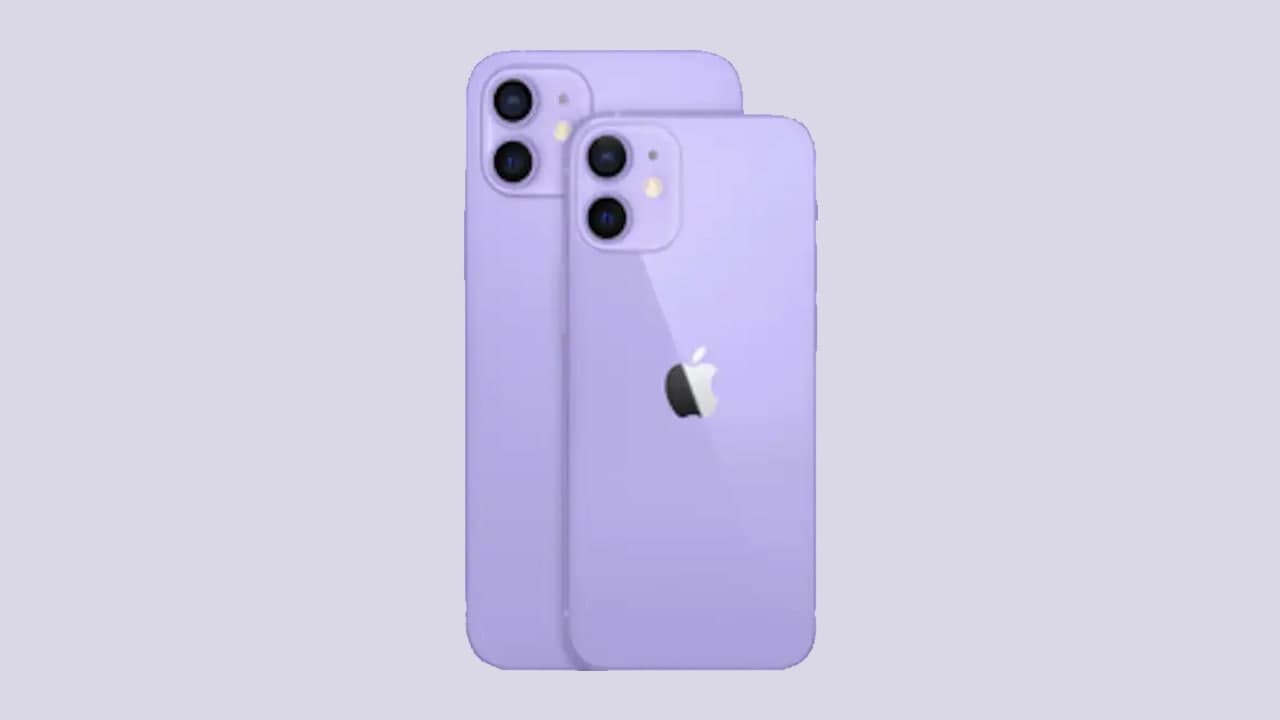One of the main problems faced by iPhone users is storage. If you destroy storage space, you will see that “Other” takes up a lot of space. If your iPhone has 256GB of storage, this may not be a problem, but if it is an older device with a 64GB capacity, you have to do something.
If you’re unfamiliar, ‘Other’ data on your iPhone consists of device settings, system data, Siri voice, and other cache files. System files can not be tinkered with but the cached files can be removed to free iPhone storage. The first thing that you need to know is how to find out how much storage space is being occupied by ‘Other’ data.
STEPS:
1. Head over to Settings and then navigate to General.
2. Now, tap on iPhone Storage and you will see the breakdown of your entire storage.
In ‘Other’ data, you can find out how much space is being occupied. Once you know this, simply follow the methods listed below and free up iPhone storage.
Offload Unused Apps
Apple allows users to unload apps that you don’t frequently use. You might have a lot of apps on your iPhone, but there are some that you don’t regularly use. To free iPhone storage, you can offload the ones that you don’t use. iOS provides you with the option to temporarily offload them and turns their icon grey on the Home screen.
- You can tap and launch the offloaded apps but their required data will first need to be downloaded from the App Store.
- To offload unused apps, you can go to Settings > General > iPhone Storage. Now, open the apps that you don’t frequently use and enable Offload unused Apps and you’re good to go.
Remove Offline Music Library
If you use any online music streaming app like Spotify or Apple Music and you have a bevy of songs downloaded for offline use then you should delete them to free iPhone storage. The segment also contributes to ‘Other’ data. If you urgently need storage space on your iPhone, this might be the quickest way to do so.
Clear Cache
The most common apps that take cache memory are Dropbox, Google Drive, YouTube Music, Spotify, Google Maps. Simply head over to Settings, navigate to the app whose cache you want to remove. Usually, it depends on the app’s developer whether the option is part of Settings. For instance, you can clear the Safari cache by navigating to Settings > Safari > Clear History and Website Data.
Clear the Clutter in Photo Library
If you’re going with Apple’s own iCloud Photos, launch the Settings app, enable iCloud Photos if you haven’t, and store your photos and videos in the cloud. You can also tap on the Optimise iPhone Storage option which will lower the resolution of your photos and videos automatically. The full-resolution photos and videos can be downloaded from iCloud at any time.
Google Photos also allows you to delete your Photo Library to free your iPhone’s storage. Simply tap on the Hamburger menu and then tap on Free up Space. It will allow you to delete photos that have been backed up, thereby freeing iPhone storage.
Delete Message Archives
If you use iMessages heavily, your ‘Other’ data can still be cluttered if you share a lot of photos and videos. Simply Delete the conversation that you think is heavy with photos and videos that you shared with your family and friends. This will free up space on your iPhone.
Disable iCloud Drive
You can disable iCloud Drive if you don’t sync files regularly between your Apple devices. Your iPhone can cache files for quick access and your iPhone might end up with less storage. You can free up iPhone storage by disabling the feature from Settings > iCloud > iCloud Drive.
Factory Reset Your iPhone
While all the steps mentioned above will allow you to delete ‘Other’ data and free iPhone storage. If it doesn’t work for you, it’s not ideal but you can do a factory reset of your device. Once you do that, you can set up your device as a new iPhone instead of restoring data from a backup. It will clear all the clutter and junk files stored on the device and free up space. Simply navigate to Settings > General > Reset > Erase all Content and Settings.
Join Tip3X on Telegram








